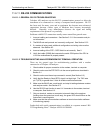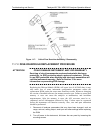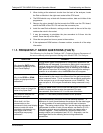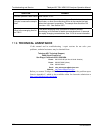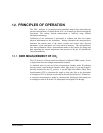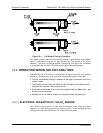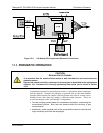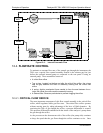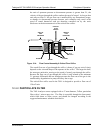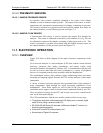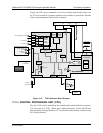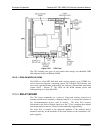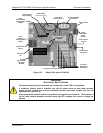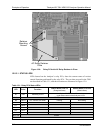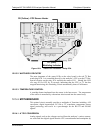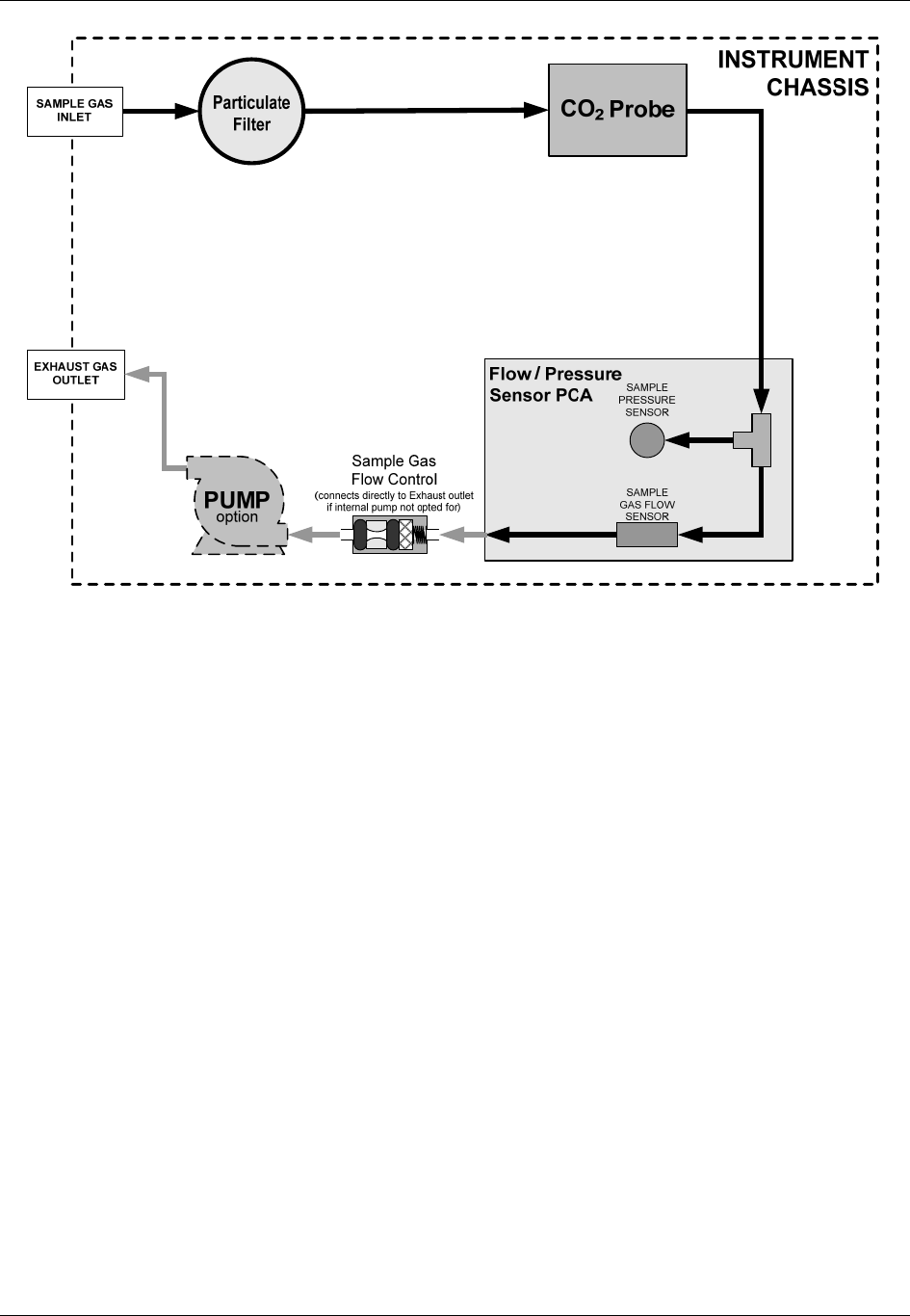
Principles of Operation Teledyne API T801 NDIR CO2 Analyzer Operation Manual
206
Figure 12-3: Internal Pneumatic Flow
12.4. FLOW RATE CONTROL
To maintain a constant flow rate of the sample gas through the instrument, the
T801 uses a special flow control assembly located in the exhaust gas line just
before the optional internal pump or connected to the rear panel if using an
external pump. These assemblies consist of:
A critical flow orifice.
Two o-rings: Located just before and after the critical flow orifice; the o-rings
seal the gap between the walls of assembly housing and the critical flow
orifice.
A spring: Applies mechanical force needed to form the seal between the o-
rings, the critical flow orifice and the assembly housing.
A sintered filter: Removes particulates to prevent clogging the orifice.
12.4.1. CRITICAL FLOW ORIFICE
The most important component of this flow control assembly is the critical flow
orifice, which regulates stable gas flow rates. The critical flow orifice operates
without moving parts by taking advantage of the laws of fluid dynamics. By
restricting the flow of gas though the orifice, a pressure differential is created.
This pressure differential combined with the action of the analyzer’s pump draws
the gas through the orifice.
As the pressure on the downstream side of the orifice (the pump side) continues
to drop, the speed that the gas flows though the orifice continues to rise. Once
07274B DCN6418



